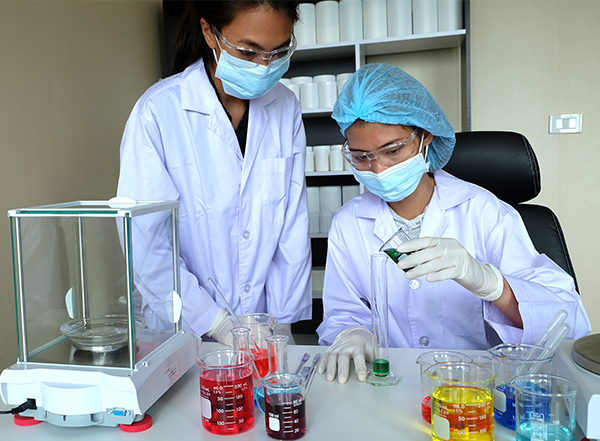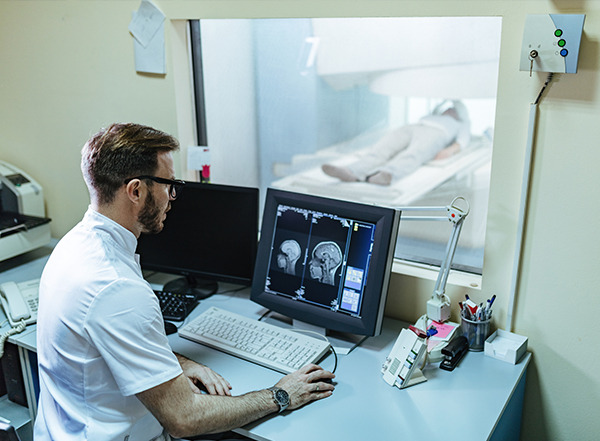
Tens of thousands of lives a year could be saved by new treatment protocol for brain
Posted on: 03 Aug, 2023
Combination of readily available treatments improved outcomes – with particular benefit for low- and middle-income countries, where most cases occur
The George Institute for Global Health today announced data from the phase III INTERACT3 study demonstrating that a new combination of treatments for stroke due to intracerebral haemorrhage (ICH) significantly improves the chances of surviving without major disability. Results were presented today at the European Stroke Organisation Conference in Munich, Germany, and simultaneously published in The Lancet.
The INTERACT3 study is the first-ever randomised controlled trial to show a clearly positive outcome for the treatment of ICH. Timely administration of the new treatment protocol – known as a Care Bundle – centred on the rapid control of high blood pressure, led to improved recovery, lower rates of death, and better overall quality of life in patients with this serious condition.
Commonly referred to as a haemorrhagic stroke or brain bleed, ICH is the second most common type of stroke and also the most deadly, with 40% to 50% of patients dying within 30 days. It occurs when blood leaks out of a blood vessel into the brain tissue and represents over a quarter of all cases of stroke, affecting approximately 3.4 million people a year.
In the INTERACT3 study, over 7,000 patients were enrolled across 144 hospitals in 10 countries - nine middle-income countries and one high-income country.
The research team evaluated the effectiveness of the new Care Bundle, which included early intensive lowering of systolic blood pressure, strict glucose control, fever treatment, and rapid reversal of abnormal anticoagulation.
They found that using this new treatment protocol compared to usual care reduced the likelihood of a poor functional outcome, including death, after six months. This was estimated to prevent one additional death for every 35 patients treated.
Central to this was a rapid reduction in systolic blood pressure, where target levels were achieved, on average, in 2.3 hours [range 0.8 to 8.0hrs], compared to 4.0 hours [range 1.9 to 16.0hrs] in the control group. The interventional protocol resulted in a statistically significant reduction in mortality, number of serious adverse events, and time spent in hospital, as well as demonstrating an improvement in health-related quality of life.




Comments (0)
Post Your Comment